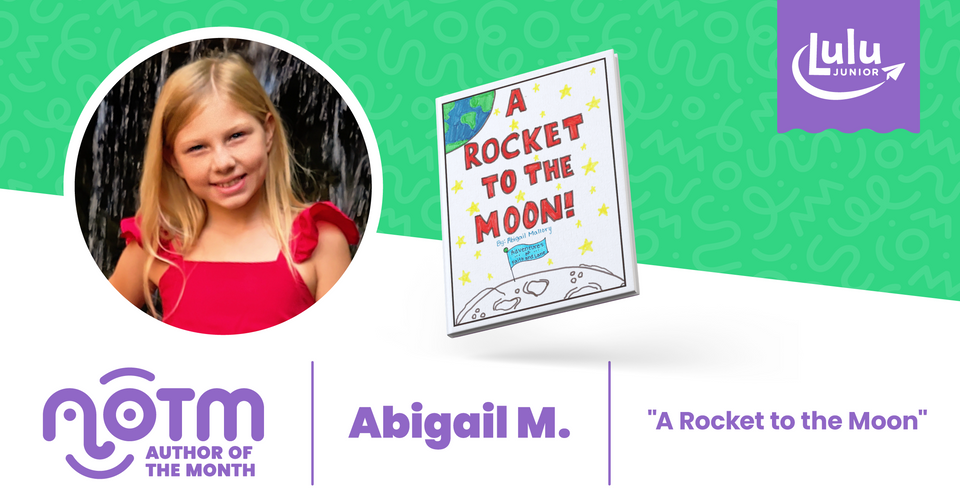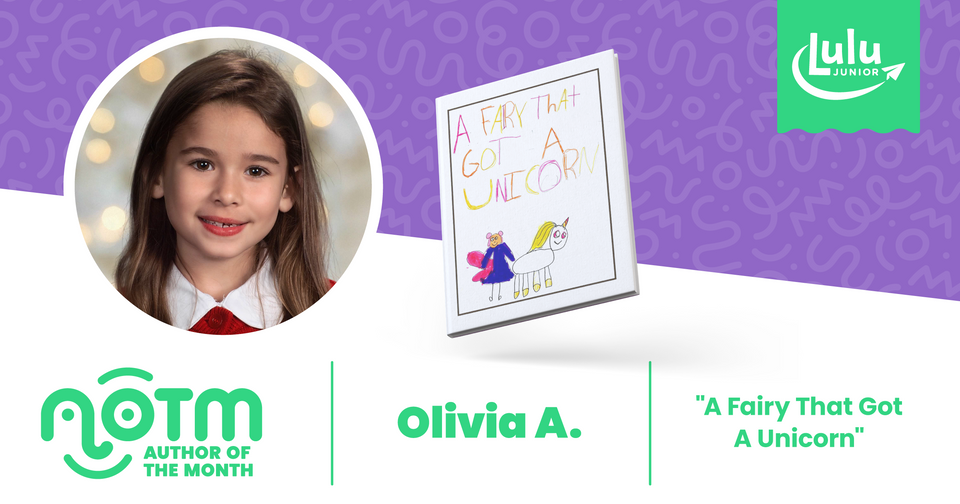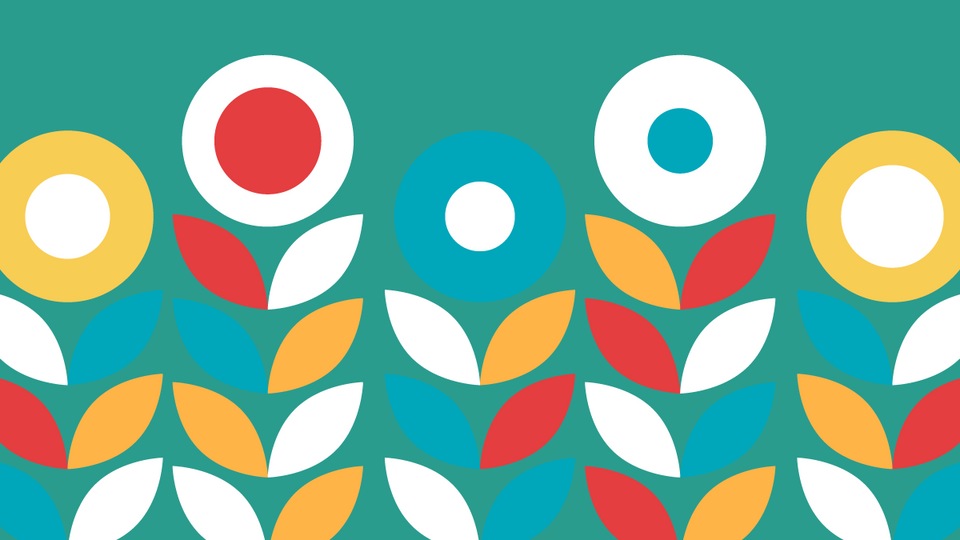
Gardening for Earth Day
April showers bring may flowers and more! So what things can we plant in April?
We all know that certain plants thrive/grow in each season. Well, maybe not all of us. That is why I am here to talk to you about different seeds we can plant in April so they can grow and bloom in May and other months. “April Showers bring May Flowers,” right? Well, it is not just the showers; we actually have to plant something to be fed and nurtured by us, the rain, soil, and sun.

Not only are plants beneficial to our environment in so many ways, but it is also a good learning opportunity for your little ones. It teaches them responsibility by having to look after and care for living things. Gardening teaches them about science and the different plant cycles, helps them to learn about sustainability and how to grow their own food, and can be a great way to put down the electronics and get outdoors for some fresh air. This is a great way to kick-start Earth Month!
Let’s Talk a Little About Gardening
Before we get into the types of plants we can plant, I want to discuss some basic planting knowledge. Like why do we start planting indoors versus outdoors for some plants? Or what does it mean to plant after the “last frost”?
Indoor vs. Outdoor
Why do we start some of our plants inside versus planting them outside? Vegetables, herbs, and flowers need 2 things: Consistent moisture and steady warm temperatures. Starting your plants indoors allows you to manipulate the environment the seedlings grow in, such as the temperature, soil moisture levels, as well as the texture of the soil, and nutrients given to the soil.
Some plants can be directly sown into the ground, but you have little to no control over their environment i.e. weather conditions, insects, and animals. Many factors come into play when deciding where to plant, so be sure to learn about the plants or vegetables you want to grow.
What is the "Last Frost"?
You will see me mention the last frost a few times in this blog post. The last frost is an estimated time frame of when the final temperatures go below freezing in the spring. This date determines when it is best to plant your seeds and when it is safe to transfer them outdoors. The last frost varies (you can find charts based on your location), so doing a little research on your area is recommended before you start gardening.
Let’s get planting; here are a few flowers and vegetables that would be great to plant in April!
Flowers

Cosmos are simple yet beautiful flowers. These flowers are native to Southern and Central America. However, because they can grow in hot/dry climates, they can be planted in North America. They also come in a variety of colors that can bring your gardens to life. Cosmos can be sown in the early spring directly into the soil. They will need to be under direct sunlight and in free-drain soil. Cosmos are perennial flowers that regrow every year and last throughout the changing seasons.

Sunflowers are up next. We all love sunflowers, right? Sunflowers produce the tasty sunflower seeds that we eat. You can also replant the seeds to grow more sunflowers the next year. These can be started inside this month and planted in the garden once it is warm. Different types of sunflowers produce different heights. Some sunflowers can grow as small as a foot and as tall as 14 feet! If you are planting at home with limited space, I would go for the smaller ones.
Vegetables

Bell Peppers Yes, we had to throw some vegetables in the mix. This is a super fun vegetable that has a variety of colors and is a great source of vitamin C. Bell peppers can be planted 8 to 10 weeks before the final frost date and once it’s nice and warm, they then can be transferred to your vegetable garden. Unfortunately, they take quite a bit of time to grow and typically show around the end of September. I will say it is worth the wait and you will have a good source of vitamin C for the colder months to help keep your immune system nice and strong!

Broccoli Did you know that broccoli contains a great amount of potassium, Vitamin C, and Fiber? Broccoli is one of the easier vegetables to grow and it can be started indoors as well. After about 3-4 weeks of growth, it is recommended to expose the broccoli to the sun (for about an hour each day). This is recommended so that the broccoli can acclimate to the change in climate from indoors to outdoors. Two weeks after the last frost they can be planted in your vegetable garden!
I am pretty novice when it comes to planting, but there is a super awesome author and content creator named Armen Adamjan who goes into detail about different fun and cool ways to plant many different things, and because this is Earth Month, he is the perfect guy for the job. All of his content is based around upcycling, not throwing away your scrap foods and more. If you would like to learn more, check out his Instagram.
He also has 2 books out showing you how to grow fruits and veggies from things we would typically scrap!
Here’s a couple of other fun books from the Lulu Bookstore for you and your little ones:
Beauty By The Seasons Journal
Shop Now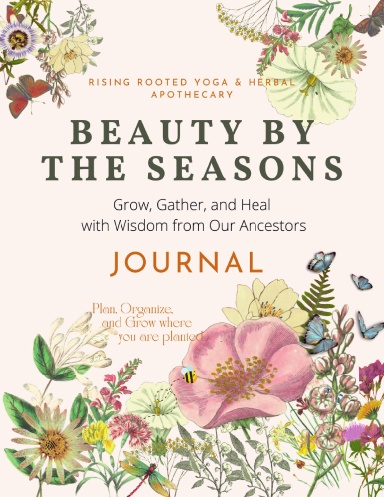
P is for Permaculture
Shop Now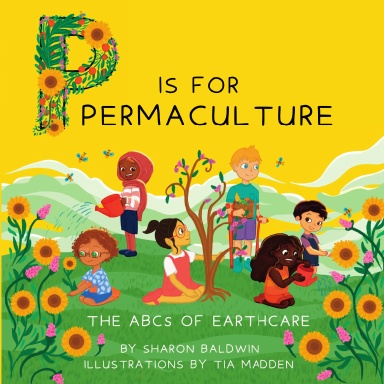
Captain Plant It
Shop Now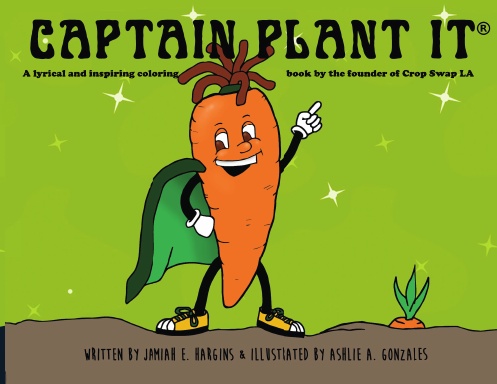
Gardening creates space for us to learn and connect with the environment. It also provides many benefits that you may not even realize, from the air we breathe to our overall mental and nutritional health. Hopefully, learning about these plants will encourage you to get outdoors and get to planting (well once you’ve grown the seedlings indoors of course)!



